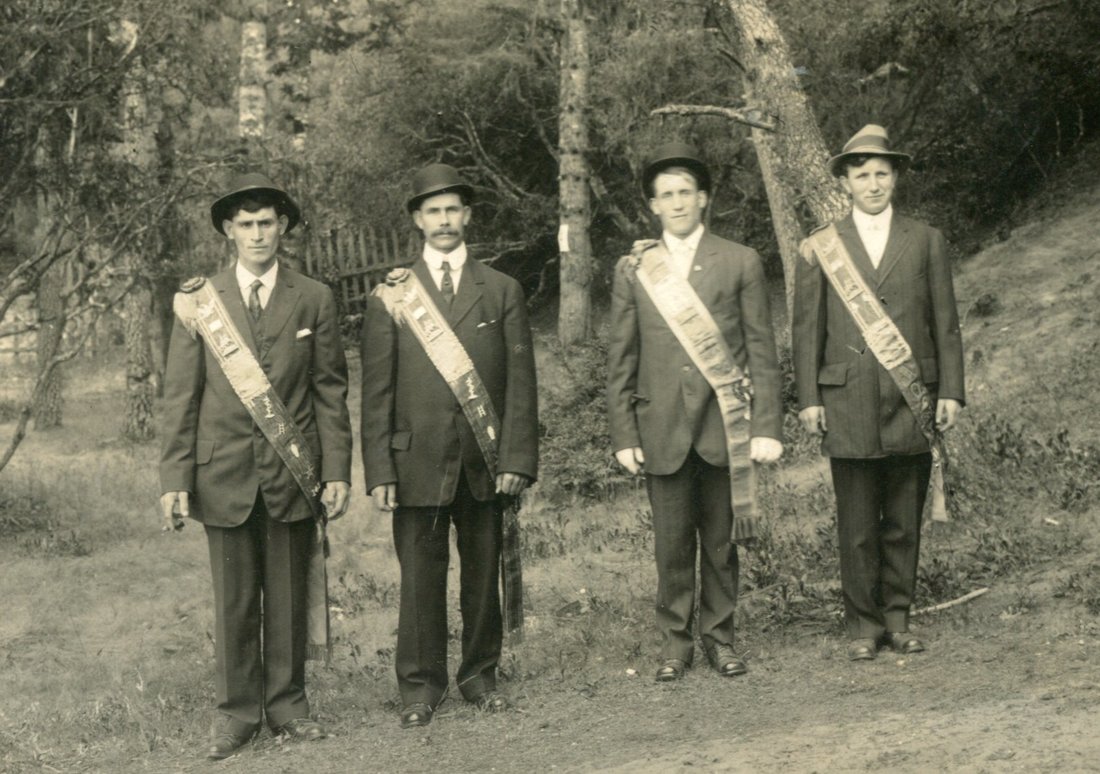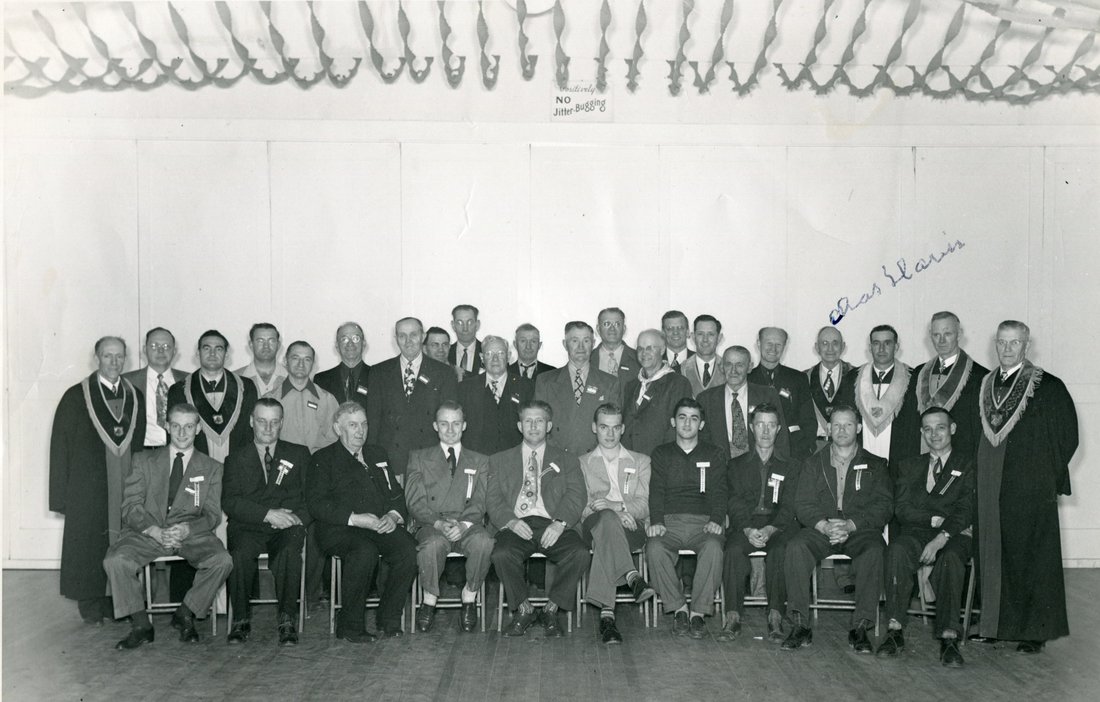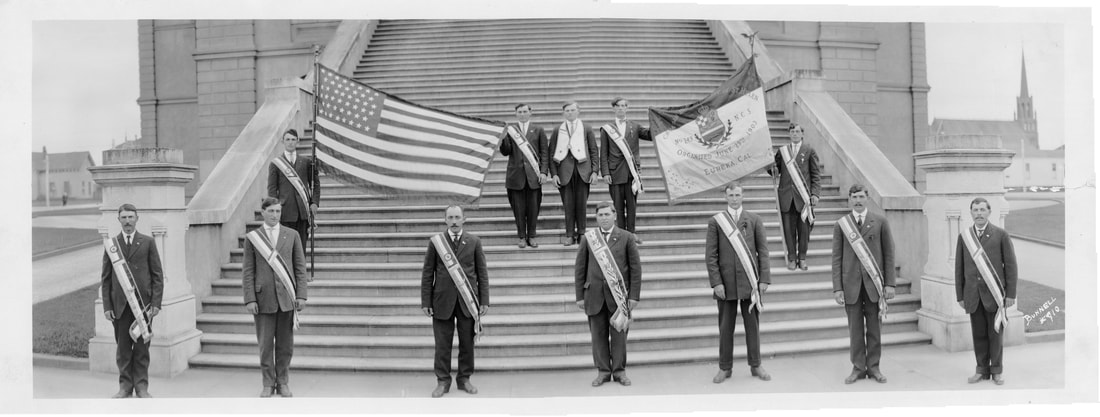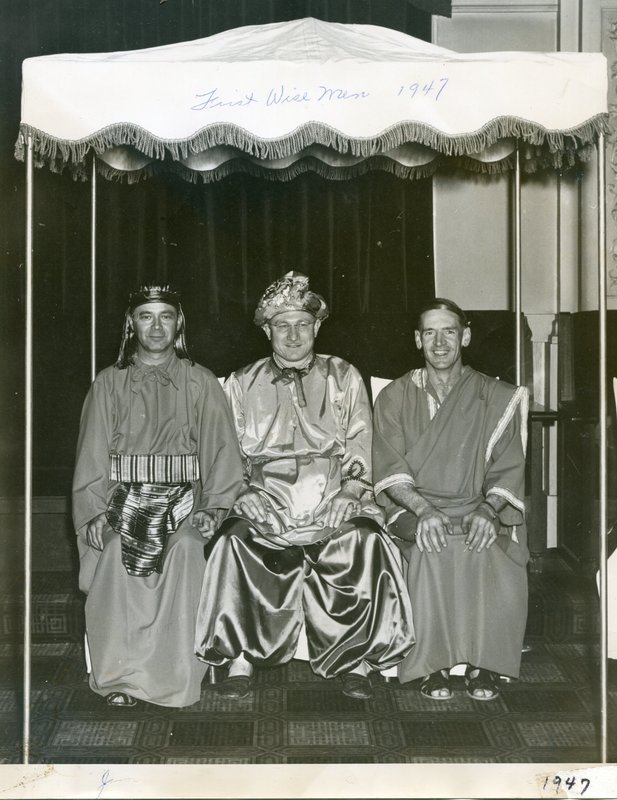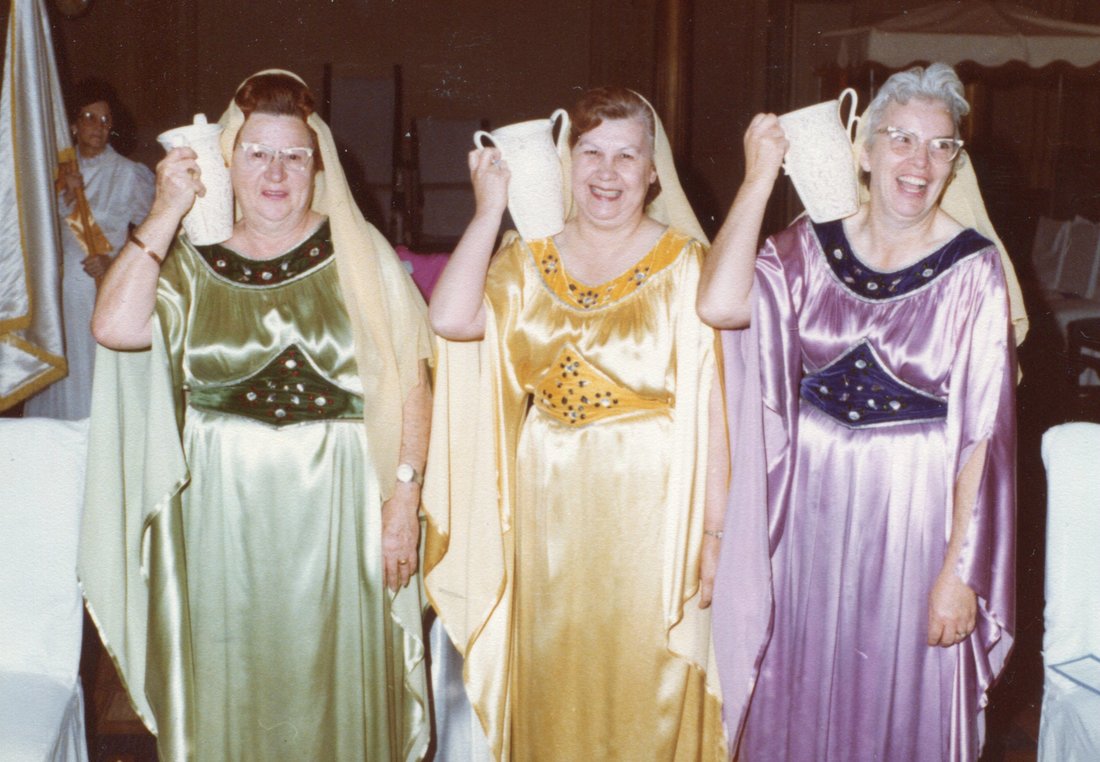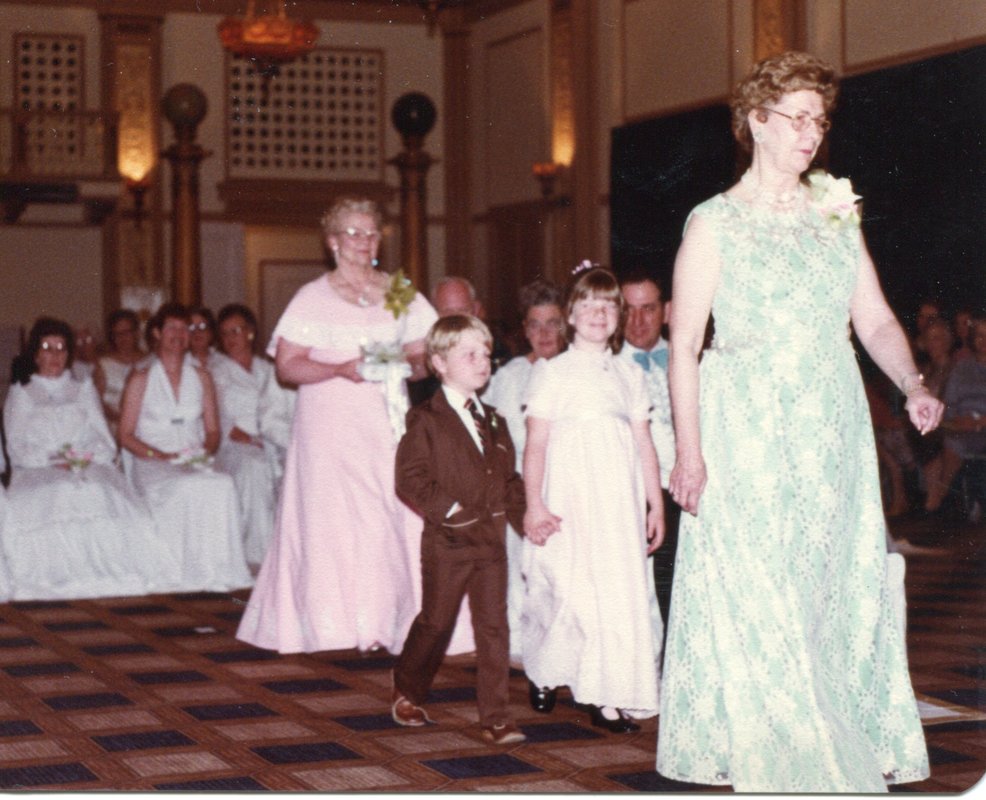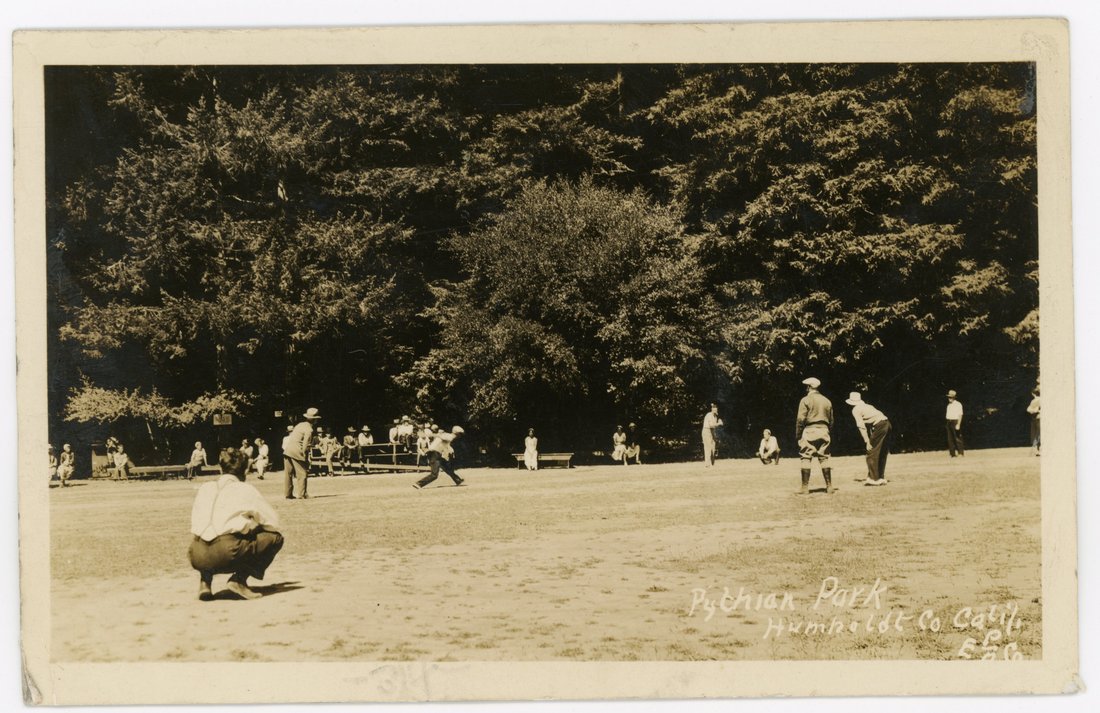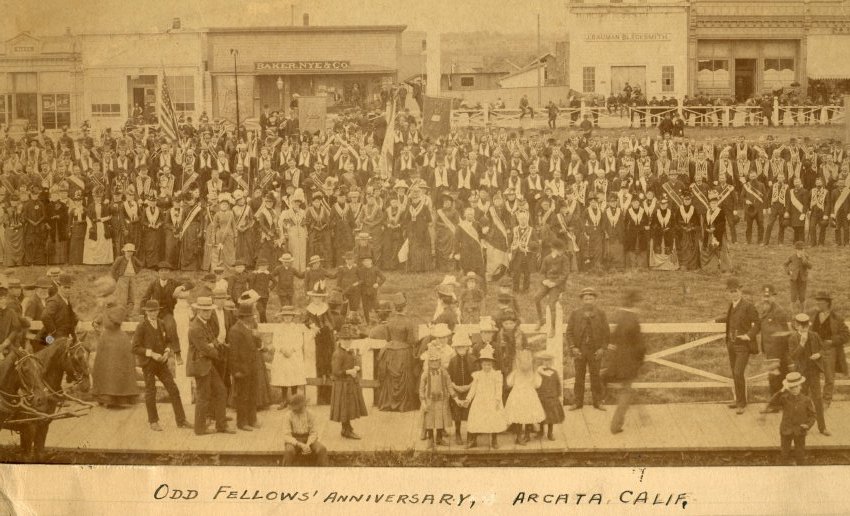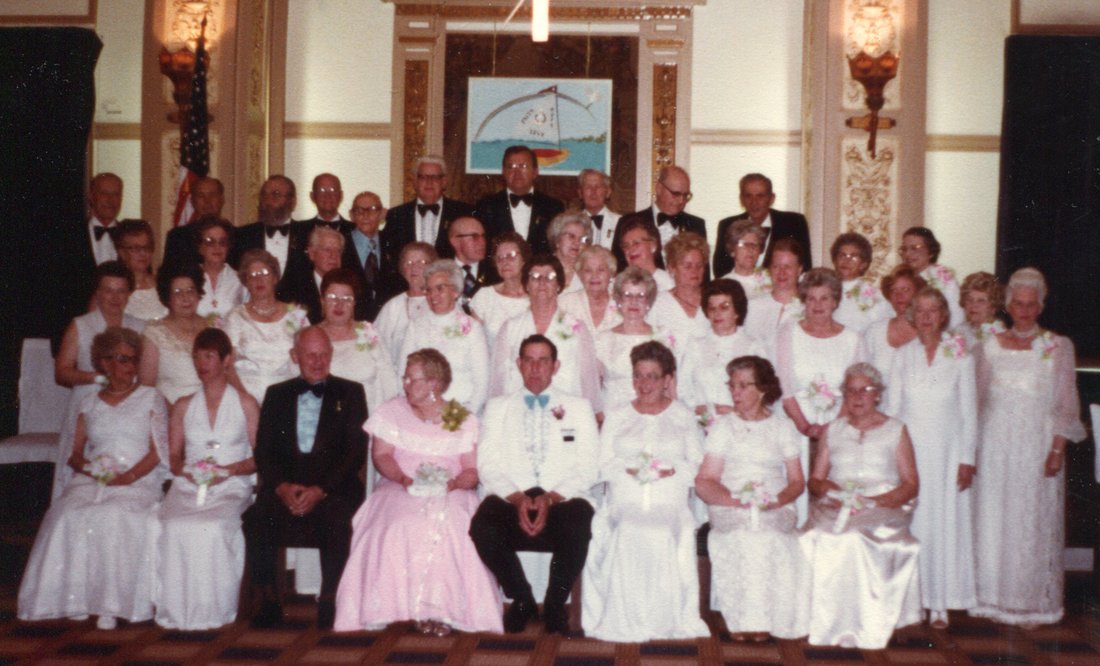Questions (And Answers)
What Are Fraternal Organizations?Fraternal Organizations have traditionally been groups of men that benefit from membership with the organization. Many of these groups have their origins in Europe in the late 1700s and early 1800s and made their way to the United States with immigration over time. Most of these groups initially organized as social clubs or groups of people working in the same trade but over time and place, many Fraternal Organizations shifted into providing insurance for members as more people joined the organization. Members would pay their dues and money raised would be used to help sick or injured members, widows and orphans of members and to help support other people associated with the organization.
|
How are Fraternal Organizations Organized?Many organizations are organized in hierarchies with grand lodges at a state, regional or national level and lodges at the local level. Within each lodge and each organization, the hierarchy and roles of members varies greatly. Oftentimes, the titles for leadership positions in organizations are named after titles from the cultural or symbolic groups the organization draws from. For example, the Ancient Egyptian Order of Sciots named their Eureka Lodge the Eureka Pyramid with officers holding titles such as Toparch, Mobib, and Scribe.
Many organizations have appendant, or auxiliary orders. These orders are ones that stem directly from the main organization and are connected in terms of symbolism, interaction between the two groups and oftentimes, these auxiliaries require their members to be part of the main order before joining the auxiliary. For example, Freemasonry has a plethora of appendant organizations including the Shriners, Order of the Eastern Star, Order of Job's Daughters, Order of DeMolay, the Sciots, and the Knights Templar. All of these organizations require members to either be a Master Mason or be related to one in order to join. |
Why are so many of the appendant/auxiliary organizations Middle-Eastern themed?Many of these Middle Eastern themed Appendant orders were founded in the late 1800s to early 1900s, which was a time when there was increasing interest in the Middle East, due largely to technological developments which made access to the Middle East easier. At this time, the Suez Canal, finished in 1869, increased trade in the area. Sir Richard Francis Burton’s translation of One Thousand and One Nights, also known as Arabian Nights made its way around the world, and continued colonization of Africa and the Middle East meant that wealthier individuals who visited the area- many of whom were in fraternal organizations- could bring back items, symbols, and rudimentary understandings of the cultural traditions there. The exoticized ideas of Middle Eastern cultural traditions were then adapted to fit a fraternal order model with special symbols, sayings, and terminology. Being out of the ordinary, these orders began to attract hundreds of members as time went on.
|
What are the Rituals Like?Rituals are used to introduce new members, transition members from one level (degree) to the next, open and close meetings, and celebrate achievements. They typically draw on shared symbols, stories, characters and the history of the group. Oftentimes they are closed to non-members and the act of closing the meeting is oftentimes incorporated into the rituals themselves.
|
Are Rotary, the Kiwanis, or the Lions Club Fraternal Organizations?No. Besides the earlier restrictions on fraternal orders being men only, the difference between Service Organizations like Rotary and Fraternal organizations like the Masons have to do with the primary goal of the organization when it was founded.
Service Organizations, such as Rotary, the Lions, Kiwanis, and the Soroptimists are organizations whose primary goals are to improve the lives of others outside of the organization. Secondary goals include networking and the improvement of member status. Fraternal Organizations consist of groups of people-originally men- that primarily come together to collectively improve the lives of members within the group through socializing and taking part in group rituals. It’s important to note however that many fraternal organizations do come together around volunteer and charity work intended to help those outside of their organization. One example of this is the modern-day Shriners who fund a variety of hospitals for children and burn victims. |
Why are there fewer Fraternal Organizations now?The period from 1870 to 1910 has been termed by many as the Fraternal Organization Golden Age in America. Around the early 1900s, it is estimated that approximately 40% of the adult male population in the United States was involved in at least one fraternal organization. In the 1940s, following WWII, there was another boom in membership, followed by a steady decline. What happened? In 1929, the Great Depression hit the United States. Many people didn’t have the money to invest in Fraternal dues, leading to a decline in membership. Additionally, the New Deal provided additional social services like Social Security to help families financially and provide a safety net as people aged, reducing the need for the fraternal benefit societies to provide financial benefits with membership. With this change, some Fraternal Organizations began cultivating the social, ritual, and service-based aspects of their organizations. Some of these organizations turned into unions to help improve the working lives of their members. while others continued to improve the economic support aspect to the point where they developed into insurance organizations, turning specific usages of the term ‘Fraternal Organization” into a financial term.
After the 1950s and 1960s, shifts in popular views of organizations as being corrupt led to a second decline in membership. Today, many Fraternal Organizations are facing a decline in membership due to an aging membership. |
Have Additional Questions or Something to Add?
Email Caitlyn at [email protected]

